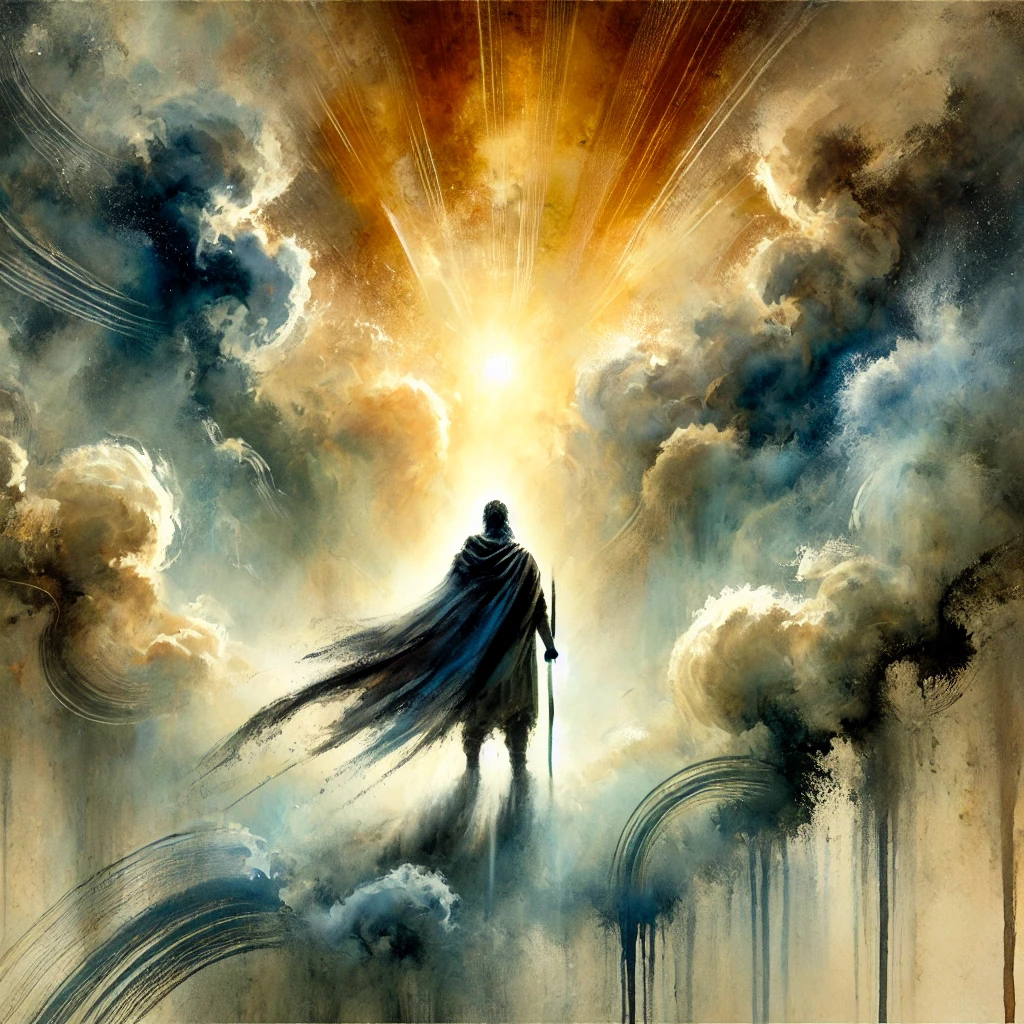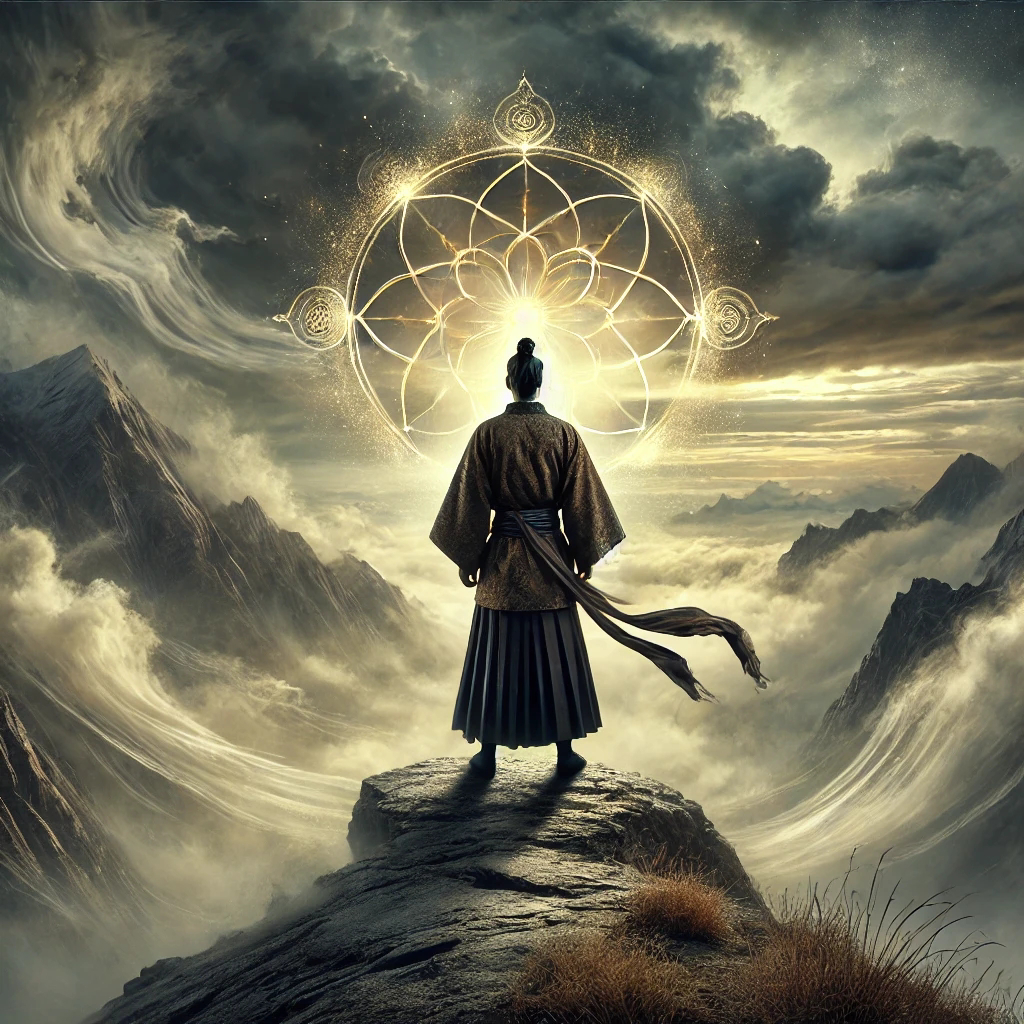In a world full of noise, the greatest power often lies in silence. The lone wolf walks into a room, speaks no words, yet commands attention. This is the art of silent influence—a skill that few master, yet one that holds immense power.
When we think of influence, we often picture charismatic leaders or powerful orators. But true influence doesn't always come from those who speak the loudest. Sometimes, the most commanding presence is the one who remains quietly observant, strategically listening, and projecting a force that cannot be ignored.
What is Silent Influence?
Silent influence is about mastering the subtle energy you bring into a space. It’s about projecting confidence, understanding others without speaking, and being so present that people feel your energy without you saying a word. This is the kind of influence that is felt, not heard.
Consider this:
The silent observer often knows more about what’s happening in a room than the one who dominates the conversation.
The person who listens intently commands respect because they show they are grounded, focused, and composed.
The leader who acts decisively, without unnecessary words, demonstrates an authority that inspires confidence.
The Power of Presence
Presence is a form of non-verbal communication. When you enter a room with a calm, centered presence, you automatically shift the energy of that space. This power of presence is rooted in a few key elements:
1. Grounding: Be fully present in the moment. Control your breathing, stand tall, and anchor yourself in the here and now.
2. Observation: Take in your environment with a calm, focused gaze. Notice the details, the subtle shifts in people's energy, and the unspoken dynamics of the room.
3. Intention: Set a clear intention for what you want to achieve before you engage with others. Let that intention radiate from your posture and presence.
Subtle Social Cues and Influence
One of the hallmarks of silent influence is the ability to read subtle social cues. This includes:
Recognizing micro-expressions and body language to gauge how people are feeling.
Sensing shifts in energy when certain topics are brought up.
Understanding when to interject and when to simply listen.
It’s not about controlling others.
It’s about mastering your own energy so completely that you become a stabilizing force in any environment.
Controlling a Room Without Words
You don’t need to speak loudly or dominate conversations to influence those around you. Instead:
Maintain unwavering eye contact to convey confidence and interest.
Use your body language to project calmness and authority—stand or sit with an open, relaxed posture.
Speak only when necessary, and when you do, choose your words with precision and impact.
The less you speak, the more weight your words will carry when you do speak.
Lessons from the Lone Wolf
The lone wolf understands that true power often lies in silence.
He watches. He waits. He learns.
And when he finally makes his move, it is precise and undeniable.
In life, there is a time for action and a time for stillness. There is power in both, but stillness is often overlooked. Silent influence is about mastering that stillness and using it as a source of strength.
The next time you find yourself in a room full of noise, practice the art of silence. Observe. Project calmness. Influence without words.
🔥 Question for Reflection: Have you ever influenced a situation without saying a word? Share your story in the comments below.











